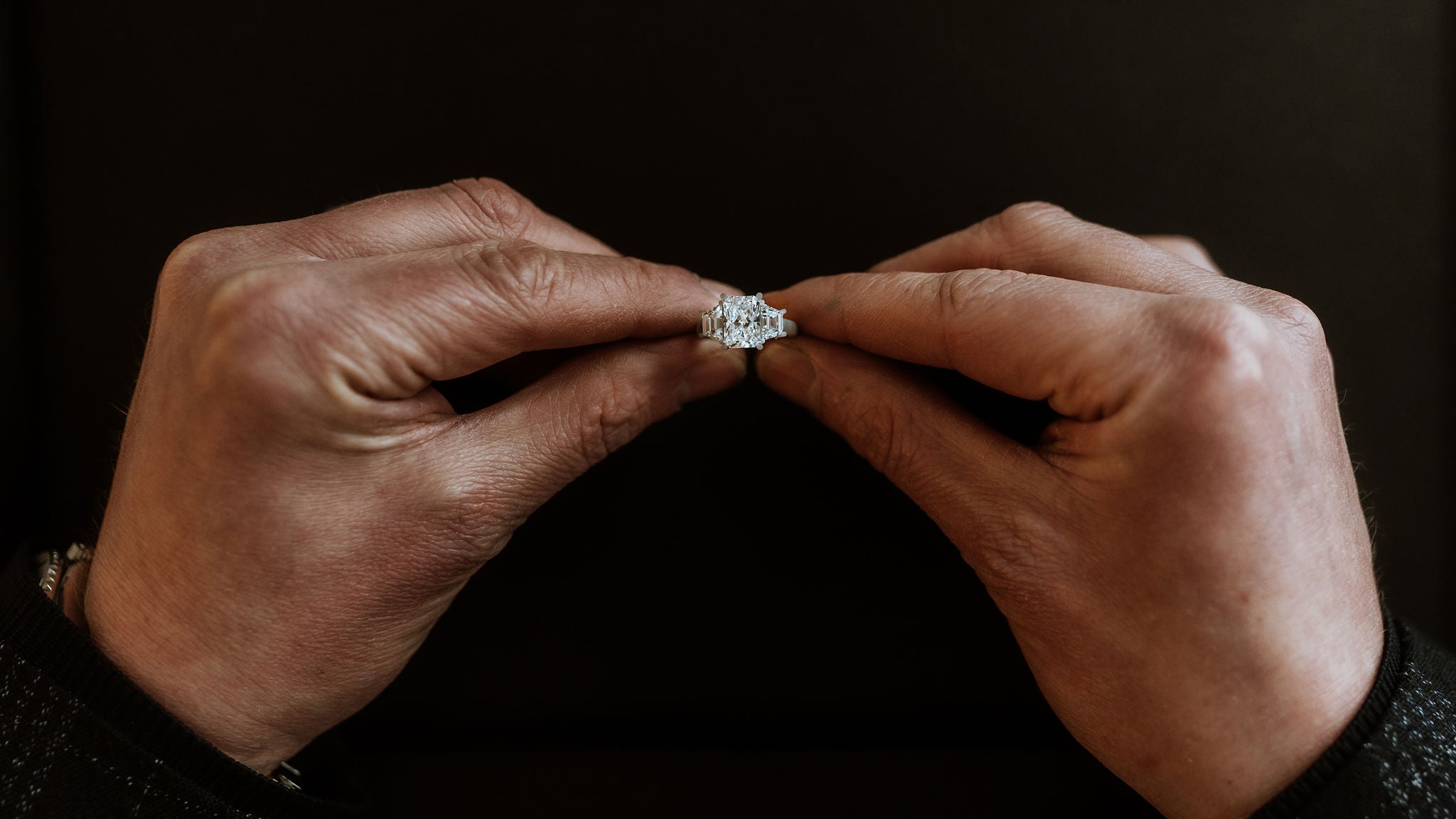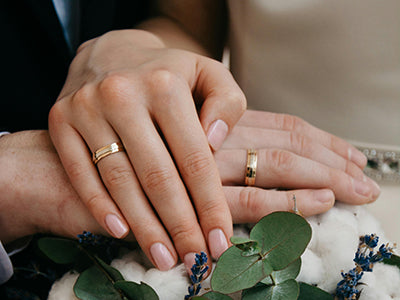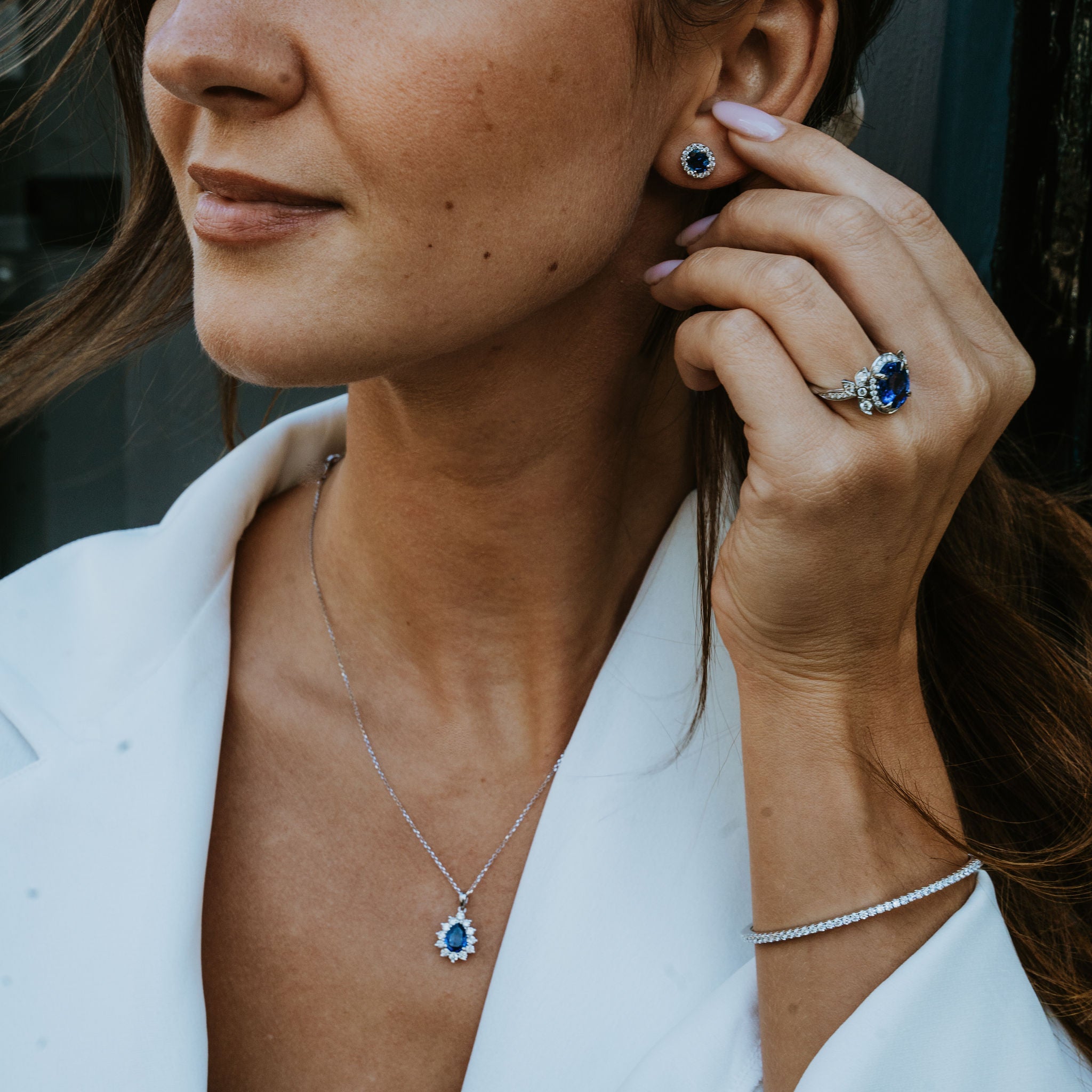 When people order bespoke jewellery, it is not unusual for a sapphire to be playing a major part in it. These highly popular precious stones are famous for their blue colour and also for their durability, as they are a form of corundum, the second hardest kind of gem after diamonds, at 9 on the Mohs scale.
When people order bespoke jewellery, it is not unusual for a sapphire to be playing a major part in it. These highly popular precious stones are famous for their blue colour and also for their durability, as they are a form of corundum, the second hardest kind of gem after diamonds, at 9 on the Mohs scale.
However, while these are wonderful attributes for a precious stone to have, that barely begins to describe the attributes of sapphires, some of which may spring a surprise, but are worth considering when seeking bespoke items.
Corundums come in two varieties, sapphires and rubies. The obvious difference is the colour, as rubies are red and sapphires are (usually) blue, the difference being caused by the presence of chromium to make rubies red, pink or purple. A corundum must contain sufficient chromium to allow it to be classed as a ruby.
The Surprising Diversity Of Sapphire Colours
However, it isn’t quite so simple or binary as that. The presence of iron and titanium traces gives sapphires that traditional dark blue colour for which they are so famous. But when it comes to classifying corundums, any stone that is not defined as a ruby (which requires sufficient chromium content) is by default classed as a sapphire - and that does not necessarily mean it will be blue.
Instead, there is a category of stones known as ‘fancy sapphires’. In each case, the gem is described by its colour, such as a green sapphire or a yellow sapphire. Only a blue sapphire should simply be called a sapphire.
This variation is caused by a wide range of different minerals that give the various stones their colours and it means you have more options than you might have thought when it comes to sapphire jewellery.
Indeed, it is even possible to have a pink sapphire that is not classed as a ruby, either because it is very pale as a consequence of a lack of chromium, or because the colouration comes from another source.
A Pink Sapphire Fit For A Princess
At this point, you might ask just who might want a ring bearing a pink sapphire instead of a ruby? The answer is a princess, as this is what Jack Brooksbank chose as an engagement ring for Princess Eugenie.
This was highlighted in a Daily Express article after the engagement in 2018, in which an expert identified the gem as a salmon pink Padparadscha sapphire, telling the paper: "These are extremely rare stones which many people haven’t even heard of."
A Padparadascha Sapphire is a quite extraordinary gem, with a mix of orange and pink colours. There really is nothing quite like it and, not surprisingly, these are very expensive as well as scarce. Beautiful as it is, therefore, it may not be your first choice of fancy sapphire, unless you are marrying a princess too.
Other kinds of pink sapphires are more common, especially since a major discovery of them in Madagascar in the 1990s. If you were to choose one of these, it would certainly get a few people taking notice of the vivid colour and asking just what gem it is. If you tell them it is a sapphire, expect some confused looks, but also wonderment as you explain.
Other Sapphire Colour Options
The same may be just as true of other fancy sapphires. For example, if you have a green sapphire, it may be confused with an emerald. However, this has an advantage over an emerald because it is so much harder: Emeralds measure around 7-8 on the Mohs scale and are not ideal for everyday jewellery because they can scratch and chip quite easily.
Other variations include orange, peach (which may offer another alternative to a Padparadascha), purple and even brown.
This wide array of colours means you have some truly unique options, not all of which are nearly as rare or so costly as a Padbaradascha sapphire. Indeed, in some cases, the cost is kept down by the fact that there is low demand, purely because a lot of people do not even know such sapphires exist.
Of course, most people’s thoughts on ordering a bespoke item of sapphire jewellery will still focus on the famous blue gem. Indeed, even the attention paid by some to Princess Beatrice’s ring (albeit that has a far lower profile than the senior royals) did not mean jewellers like us were suddenly inundated with requests for rings with pink sapphires.
Nonetheless, it may be useful to know that there are alternatives to blue which extend beyond having a red corundum instead, with some extraordinary colours and a hardness surpassed only by diamonds. It might just provide the unique item of jewellery you have been dreaming of.





